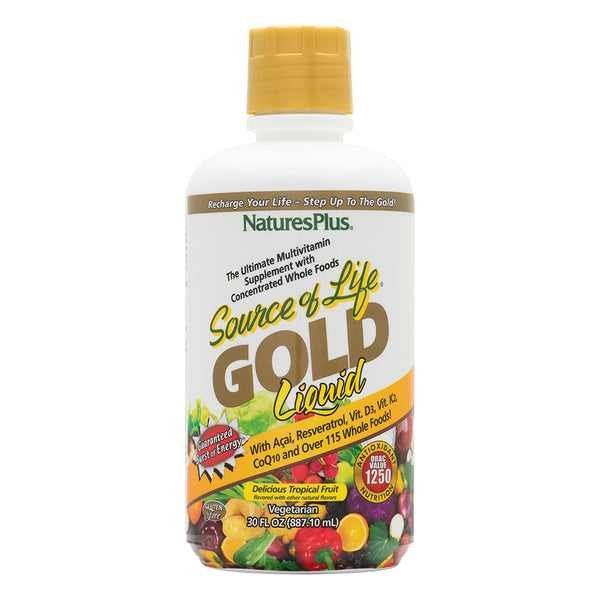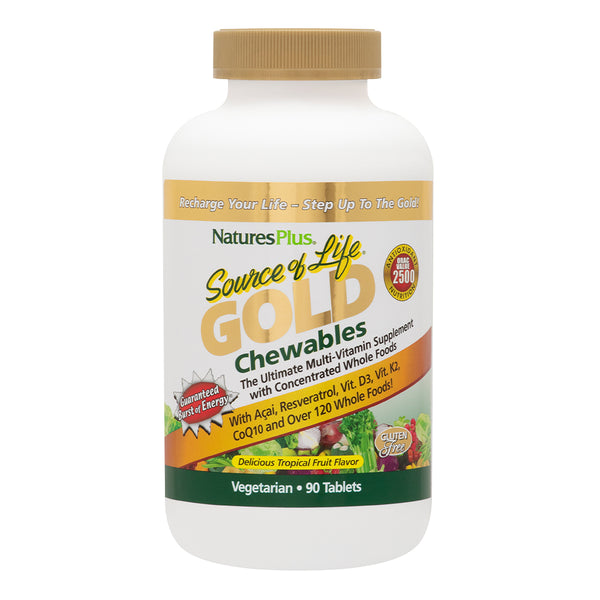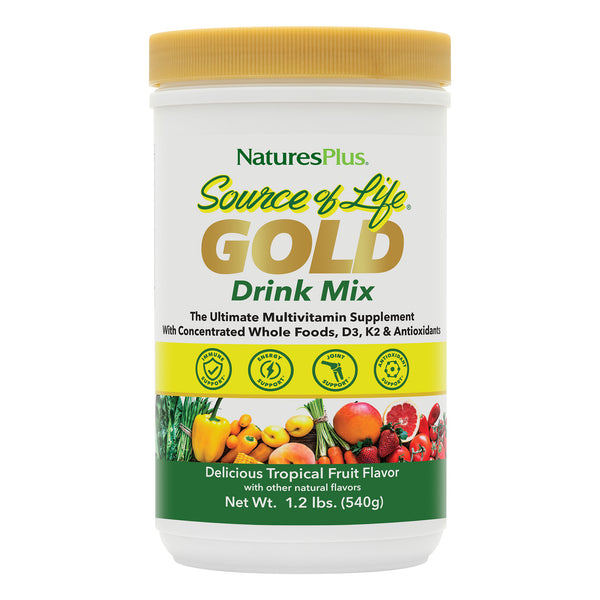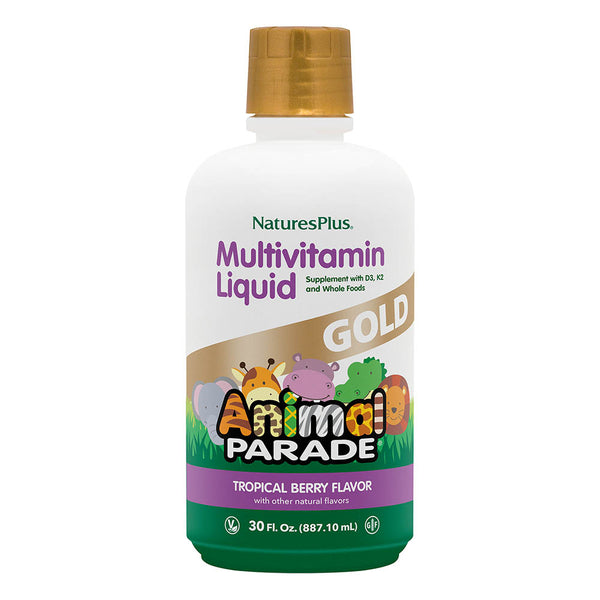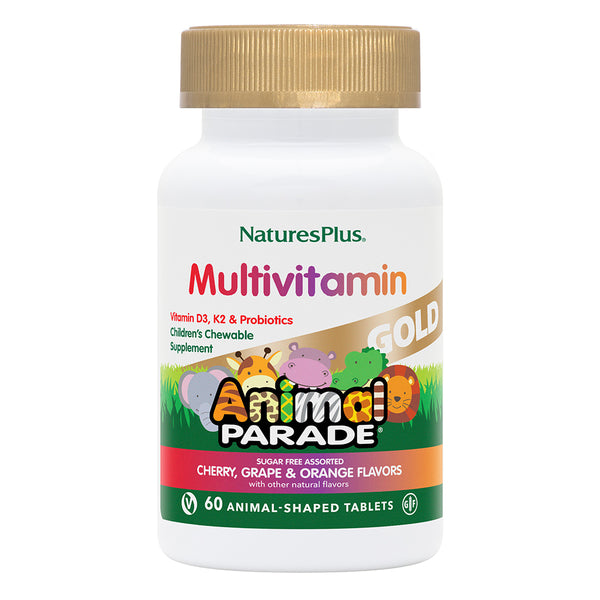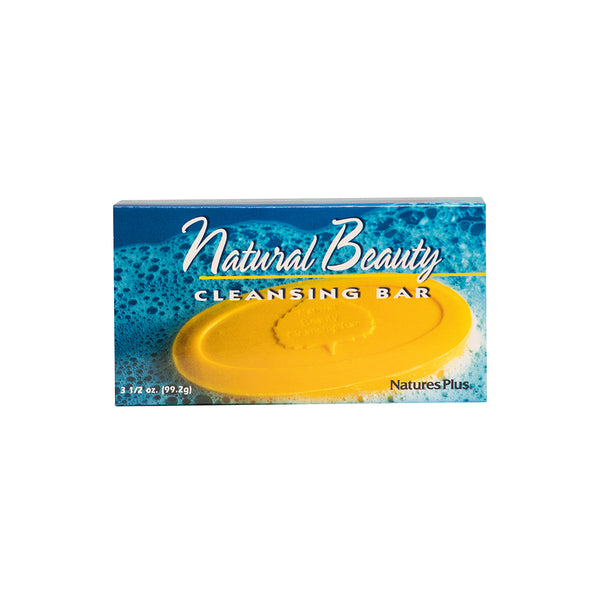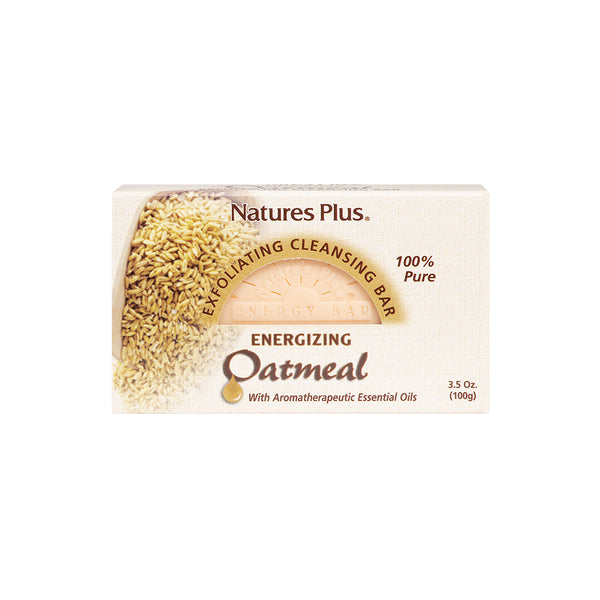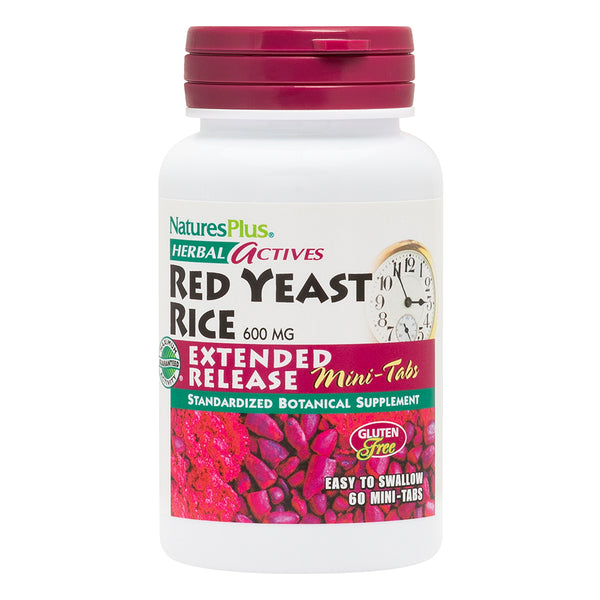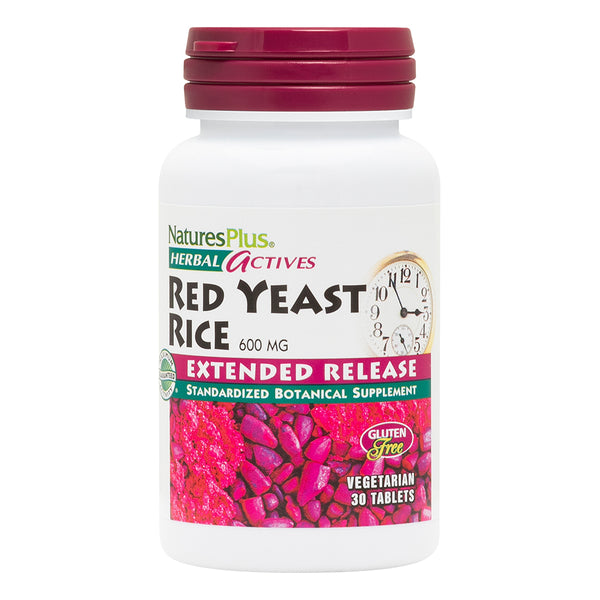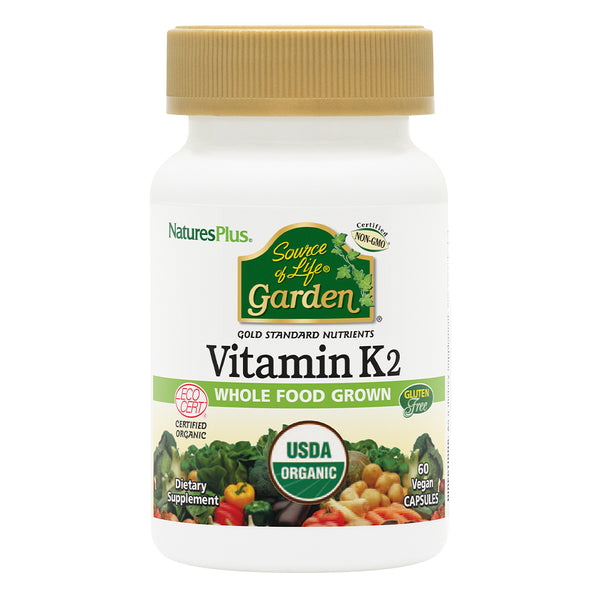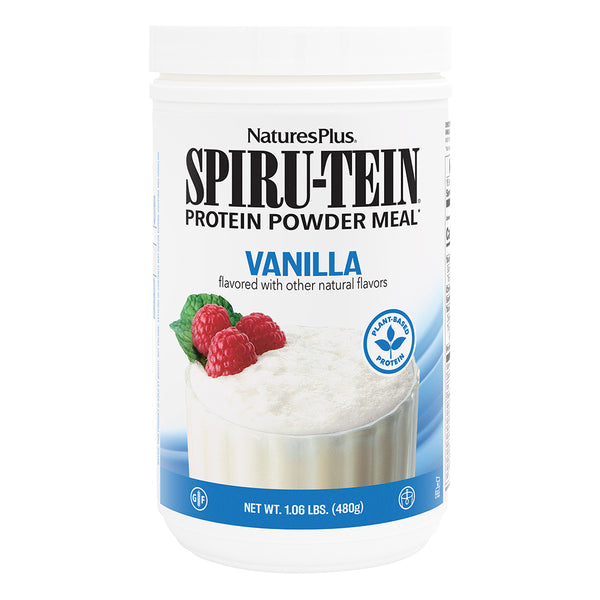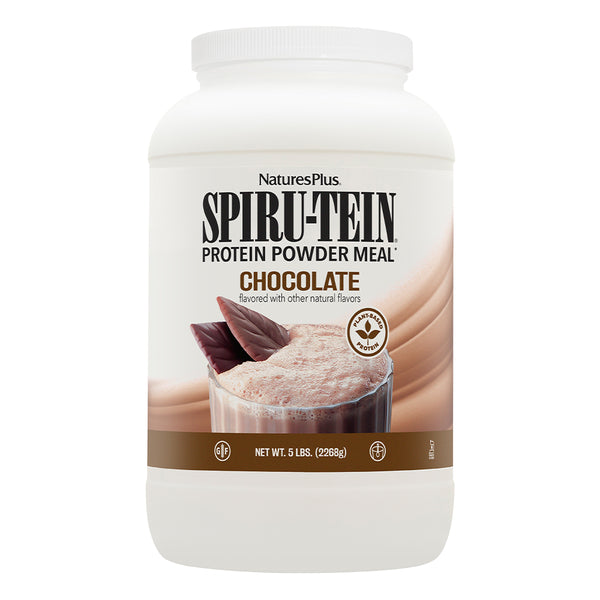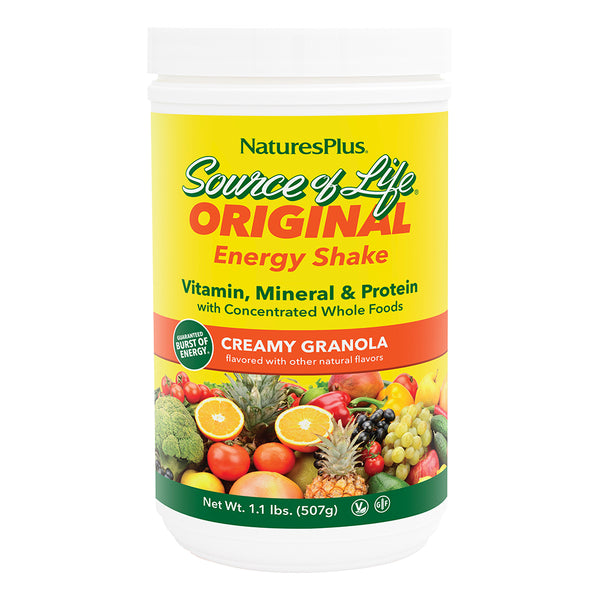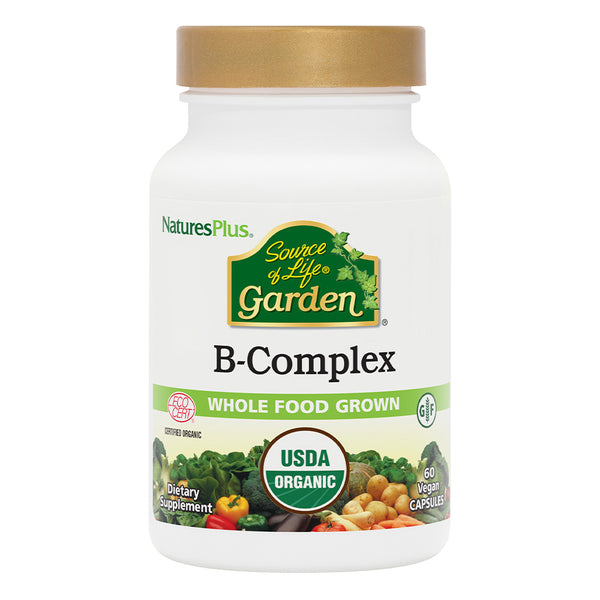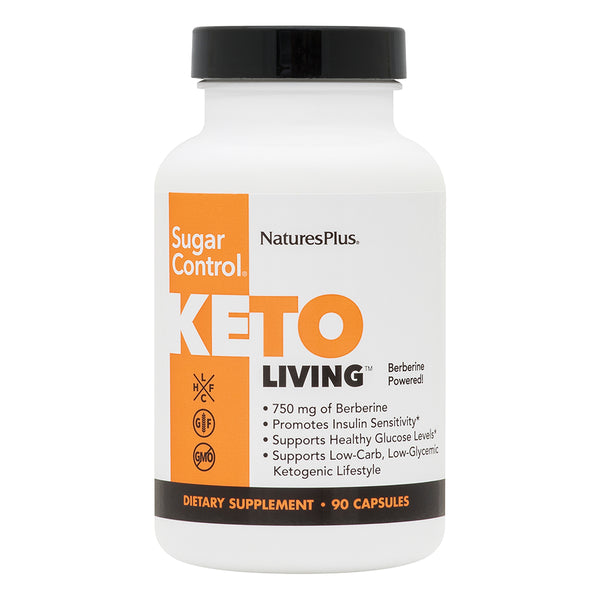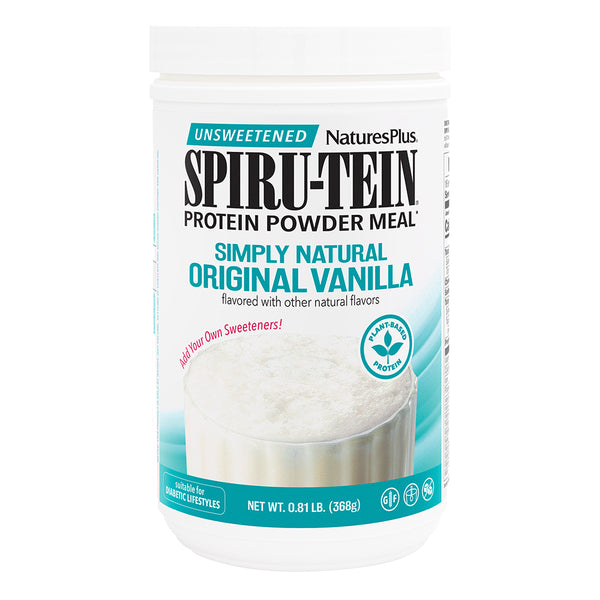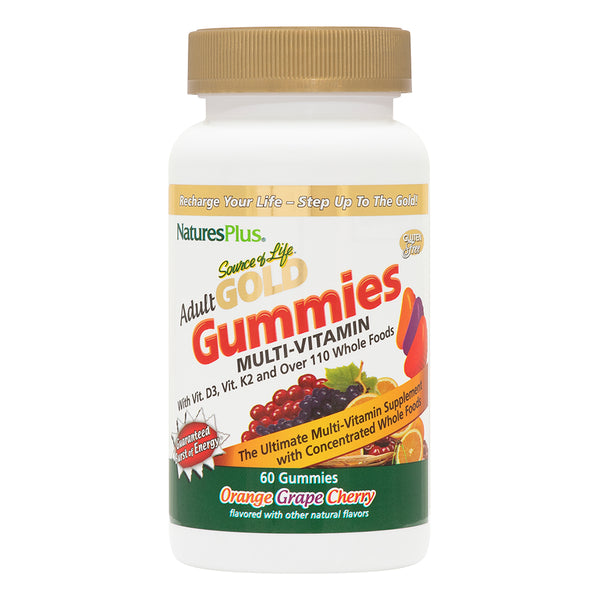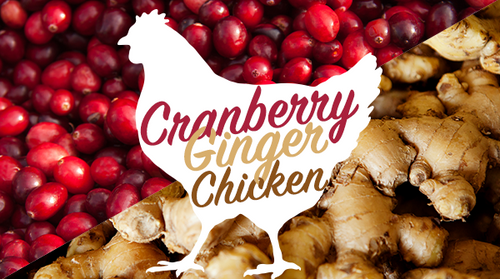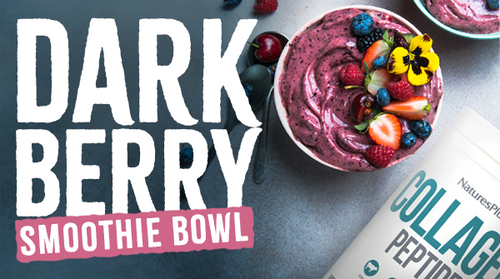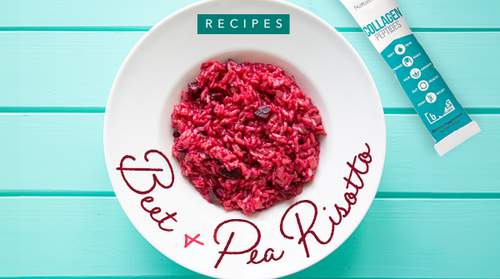If you need to cut your sodium intake, cooking with new flavors may be your best bet.
“We often tell people to take things away from their diet, but I prefer to emphasize adding things, in this case herbs and spices,” says Gavin Pritchard, RD, of Stamford, Connecticut.
Julieanna Hever, RD, CPT, author ofThe Vegiterranean Diet (Da Capo), agrees, saying cooks can “go to town on flavor with fresh herbs, spices, vinegars and other taste boosters.”
Pritchard suggests buying fresh herbs as needed and keeping dried spices on hand for convenience (replace every six months for fullest flavor). He says curry powders and spice blends, especially those with any kind of pepper, will retain potency longer if refrigerated; store others in airtight containers in a cool, dark place. Buy whole spices like cardamom or peppercorns and grind them in an inexpensive coffee grinder as needed.
Slowly cut back on the amount of salt you cook with until you don’t use any at all.
Linda Murdock, author ofA Busy Cook’s Guide to Spices (Bellwether Books), advises cooks new to using herbs and spices to start out using one-quarter teaspoon of one or two spices for every two-person helping; for fresh herbs, increase that amount fourfold. Add dried herbs early in the cooking process, fresh at the end of the cooking cycle.
Different flavors have an affinity for different foods:
- For beef, try bay leaf, marjoram, nutmeg, onion, pepper, sage or thyme
- Season lamb with curry powder, garlic, rosemary or mint
- Good pork spices include garlic, onion, sage, pepper and oregano
- For chicken, try ginger, marjoram, oregano, paprika, poultry seasoning, rosemary, sage, tarragon or thyme
- Flavor fish with curry powder, dill, dry mustard, marjoram, paprika or pepper
Vegetables can also use a flavor boost:
- For carrots add cinnamon, cloves, dill, ginger, marjoram, nutmeg, rosemary or sage
- Flavor corn with cumin, curry powder, onion, paprika or parsley
- Enhance green beans with dill, curry powder, marjoram, oregano, tarragon or thyme
- Sprinkle potatoes with dill, garlic, onion, paprika, parsley or sage
- Use cinnamon, ginger, nutmeg or onion to give a flavor burst to winter squash
Israeli Salad
“A basic, crisp, always welcoming side dish, this salad is a necessity in the Middle East,” says Julianna Hever. “Fresh herbs, such as basil, cilantro, parsley and dill, provide an additional infused essence.”
1 cup chopped unpeeled cucumber
1 cup chopped tomato
1/2 cup chopped red bell pepper
1 tbsp chopped fresh cilantro
1 tbsp chopped fresh Italian flat-leaf parsley
2 tbsp freshly squeezed lemon juice with zest
1/2 tsp minced jalapeño
pepper (optional)
Yields: 1–4 servings
Source: Reprinted with permission fromThe Vegiterranean Diet by Julieanna Hever (Da Capo)
Like this article? You’ll love our weekly newsletter
sign up here!
**These statements have not been evaluated by the Food and Drug Administration. This product is not intended to diagnose, treat, cure or prevent any disease.






